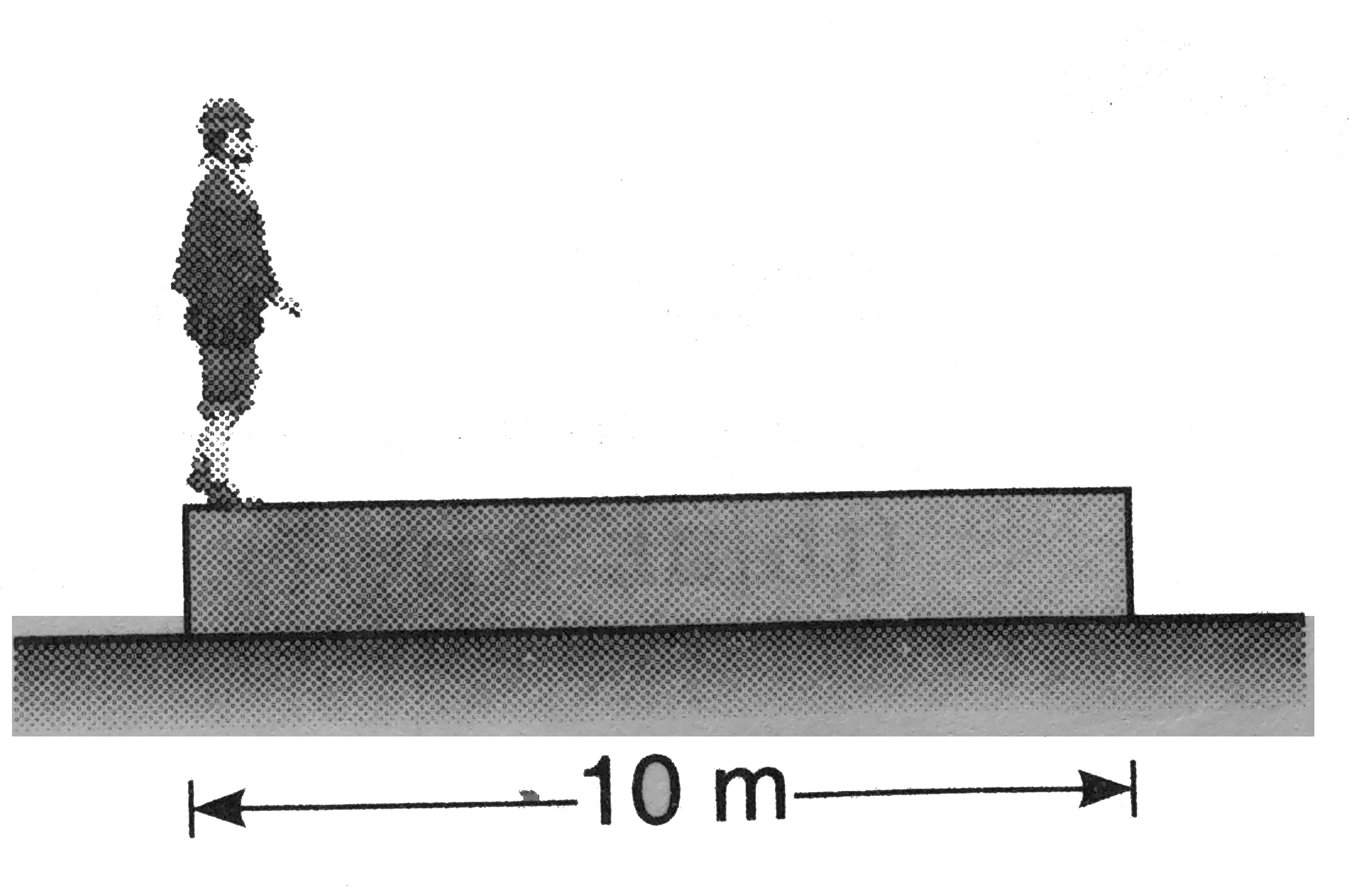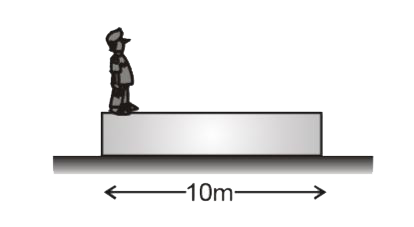Explain: if an observer places his ear to one end of a long iron pipe line, he can distinctly hear two sounds when a man hammers the other end of the pipeline.
Sound travels faster in iron that in air. So there is a difference between the times taken by sound to travel through iron and sir. This is why the observer hears two sounds.
Topper's Solved these Questions
- BOOK - CENGAGE PHYSICSCHAPTER - SOUND WAVES AND DOPPLER EFFECTEXERCISE - Exercise 6.272videos
SOUND WAVES AND DOPPLER EFFECT
- BOOK - CENGAGE PHYSICSCHAPTER - SOUND WAVES AND DOPPLER EFFECTEXERCISE - Subjective56videos
SOUND WAVES AND DOPPLER EFFECT
- BOOK - CENGAGE PHYSICSCHAPTER - SOUND WAVES AND DOPPLER EFFECTEXERCISE - Examples56videos
SOUND WAVES AND DOPPLER EFFECT
- BOOK - CENGAGE PHYSICSCHAPTER - RIGID BODY DYNAMICS 2EXERCISE - Interger2videos
RIGID BODY DYNAMICS 2
- BOOK - CENGAGE PHYSICSCHAPTER - SUPERPOSITION AND STANDING WAVESEXERCISE - Comprehension Type5videos
SUPERPOSITION AND STANDING WAVES
Similar Questions
Explain: if an obeserver places hisear to one end of a long iron pipe line, he can distinctly hear two sounds when a work man hammers the other end of the pipeline.
View SolutionIf a person places his ear to one end of a long iron pipeline, he can distinctly hear two sounds when a workman hammers the other end of the pipeline. How ?
View Solution
Knowledge Check
- Question 1 - Select One
When one end of an iron bar is placed near a compass:
Ait is always the norh pole of the compass that points towards itBit is always the south pole of the compass that points towards itCany one of the poles of the compass would point towards itDthe compasss will remain unaffected by the iron bar - Question 2 - Select One
Two sounds are heard at the end of an iron rod 5 km long at an interval of 14 seconds, when a source of sound is placed at the other end of the rod. The velocity of sound in air is 330 m/s. the velocity of sound in iron is aproximately
A4348 m/sB1500 m/sC2200 m/sD330 m/s - Question 3 - Select One or More
A person blows into open- end of a long pipe. As a result, a high pressure pulse of air travel down the pipe. When this pulse reaches the other end of the pipe,
A(a) a high -pressure pulse starts travelling up the pipe, if the other end of the pipe is open.B(b) a low -pressure pulse starts travelling up the pipe, if the other end of the pipe is open.C( c ) a low -pressure pulse starts travelling up the pipe, if the other end of the pipe is closed.D(d) a high -pressure pulse starts travelling up the pipe, if the other end of the pipe is closed.
If an observer places his ear at the end of a long pipe, he can hear two distinct echoes when the pipe is hammered at the other end. Explain.
View SolutionIf you clap on one end of a long steel pipe you will hear two distinct sounds on the other end of the pipe. Explain.
View SolutionA person places his ear at the end of a long steel pipe. He hears two distinct sounds at an interval of 0.5s when another person hammers at the other end of the pipe. If the speeds of sounds in metal and air are 3630m/sand330m/s respectively, find the distance between the two persons.
View SolutionA wooden plank of mass 20kg is resting on a smooth horizontal floor. A man of mass 60kg starts moving from one end of the plank to the other end. The length of the plank is 10m. Find the displacement of the plank over the floor when the man reaches the other end of the plank.
 View Solution
View SolutionA wooden plank of mass 20 kg is resting on a smooth horizontal floor. A man of mass 60 kg starts moving from one end of the plank to the other end. The length of the plank is 10 m. Find the displacement of the plank over the floor when the man reaches the other end of the plank.
 View Solution
View Solution

